
In this post, I’ll finish covering the accurizing steps and experiments for the AR-MPR upper receiver- so far, we’ve covered the following:
- AR-MPR: Accurizing the Upper Receiver – Overview
- AR-MPR: Accurizing the Upper Receiver – Part I: Prep and Welding
Following the welding process, I carefully milled and measured the sides of the upper receiver lugs. The result was centered lugs that measured about .504″ wide. I then used dye and a file to carefully hand fit the lugs so that the upper receiver requires a slight press fit to be mated with the lower receiver.

The next challenge was locating the holes in the upper receiver lugs and drilling them. I machined a 1/4″ diameter guide with a 1/8″ through hole to allow a 1/8″ drill be to be used for this locating process. I started the holes with a hand drill, and then clamped the upper receiver in the milling machine to finish the drilling process. In order to get an accurate position, I used a 1/8″ locator rod in a collet to dial in the position of the spindle. I then drilled at 1/8″ and then an undersize (less than .250″) hole followed that. Finally, I used a 1/4″ end mill to finish the hole. This drilling was done .004″ offset (excessively tight fit for upper and lower) so that a hand reamer could be used to dial in the upper and lower fit.
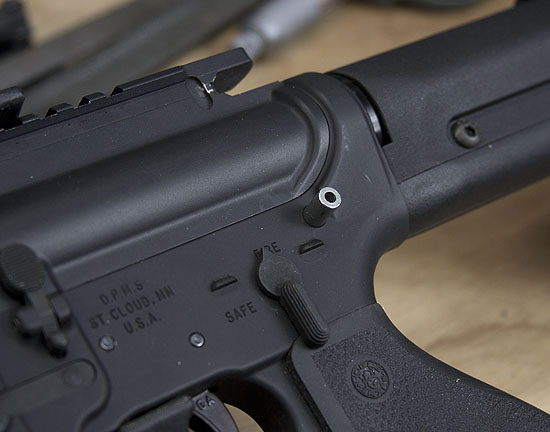
This process mostly worked. I did end up with some slight slop in the mating of the upper and lower. So I decided to epoxy bed the upper and lower to take up the mating slack. This process involves filing the mating surface of the upper, coating the lower with wax (I used Imperial Case Sizing Wax) applying the epoxy, and then mating the upper and lower with an Accu-Wedge in place. Nerve racking, but with a slight prying action, the upper separated from the lower easily following the curing process.
The result- a totally slop free fit between the upper and lower.
The final step was to machine an upper receiver truing mandrel from a 1″ section of cold rolled roundbar stock and to true the upper receiver face. This results in better alignment (less optics adjustment for sight in) and hopefully a more consistent barrel position from shot to shot.
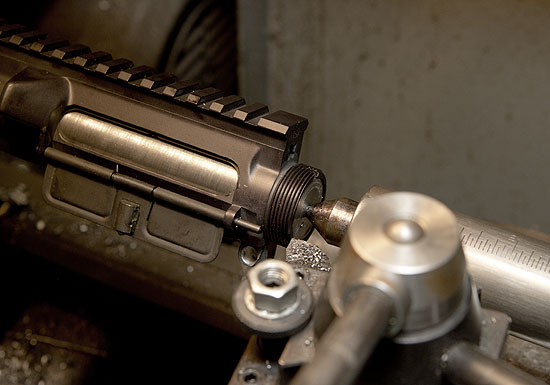
The result was a nicely machined face for the barrel extension to press against when the barrel nut is locked down. We’ll see if this helps when it’s time to sight in the rifle once again.
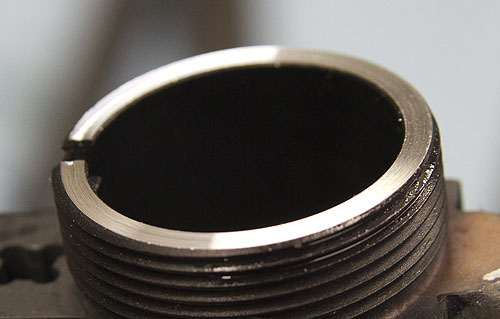
I’m looking forward to trying out the AR-MPR rifle with these improvements. I am anticipating that these accurizing steps will help with consistency and accuracy, but I don’t know how much they will help. I’ll have to find out!
I’ll give an update when I have more data.
Thanks,
Gavin
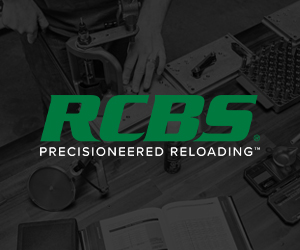

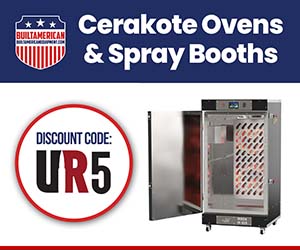
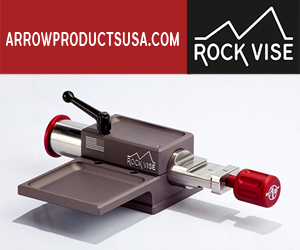
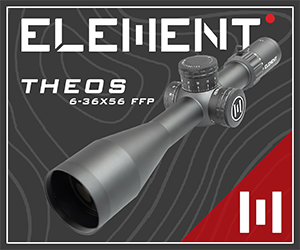

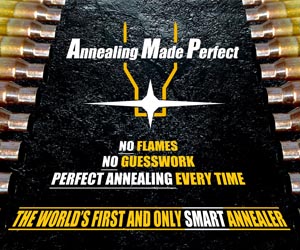
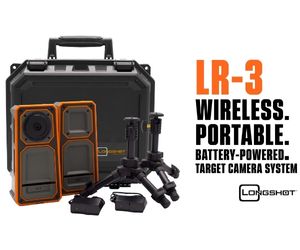
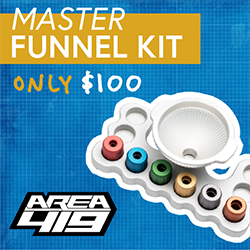
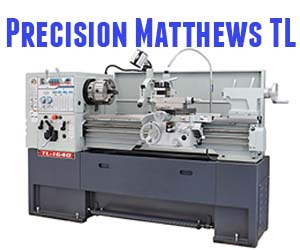

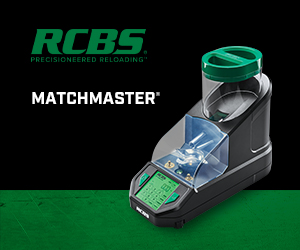
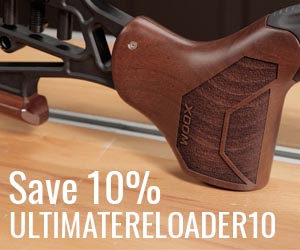
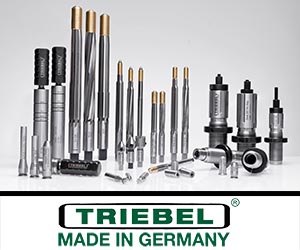
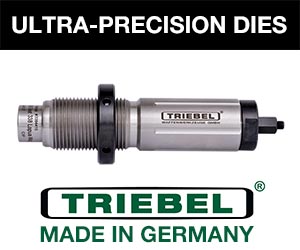

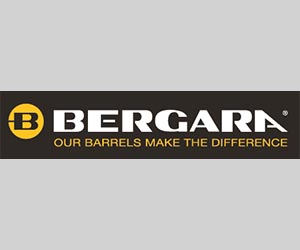



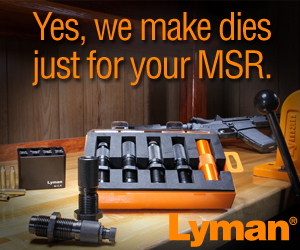
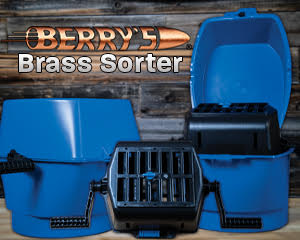



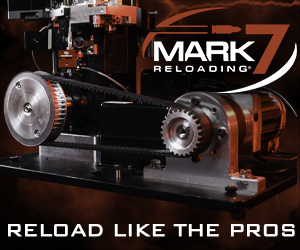
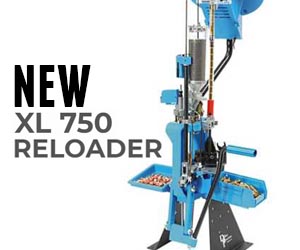
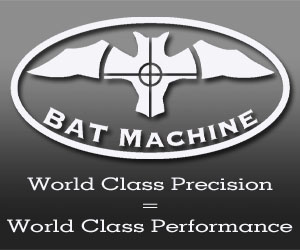
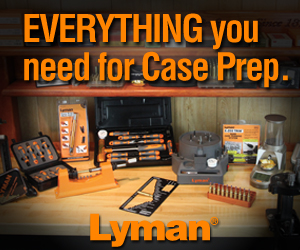
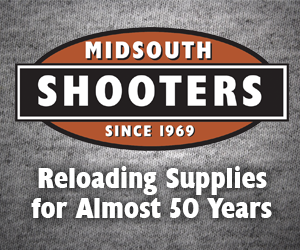

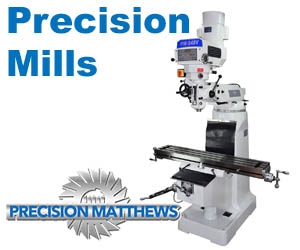



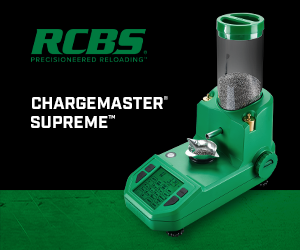

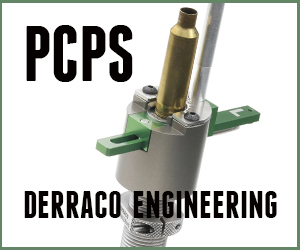
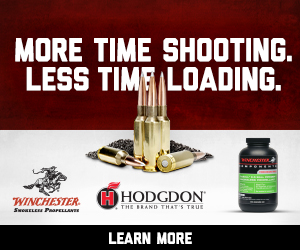

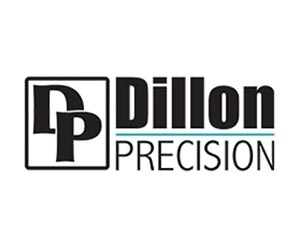



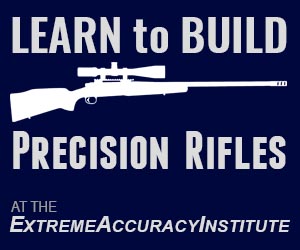




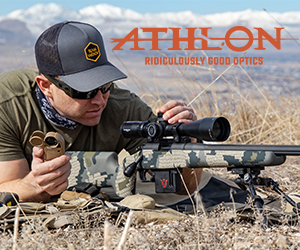

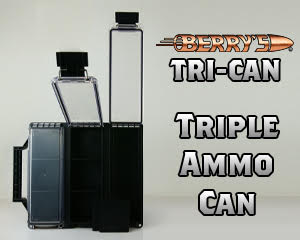

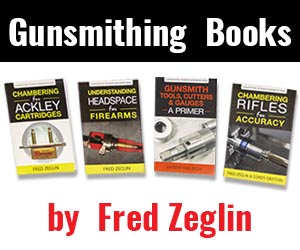
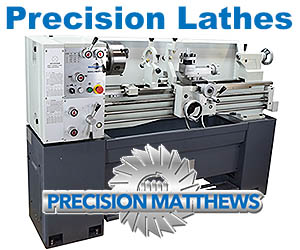



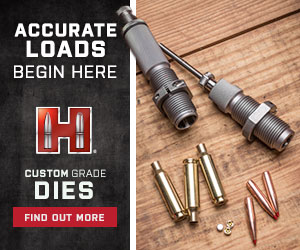




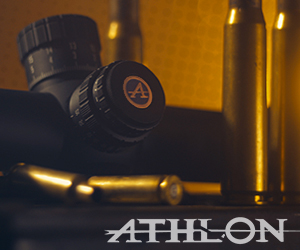
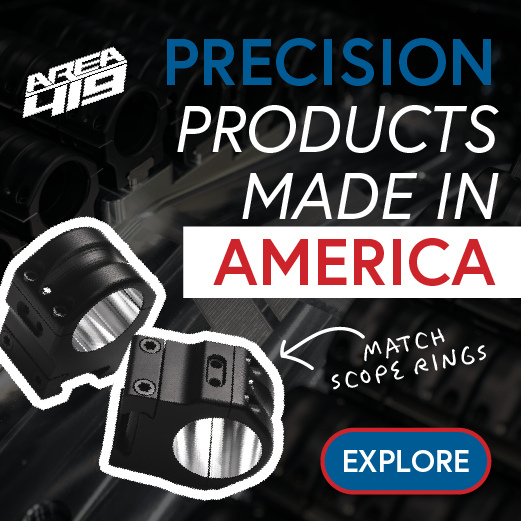
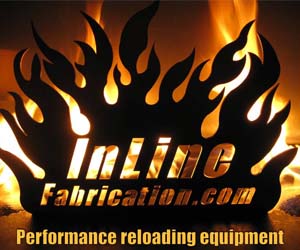
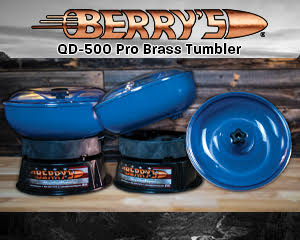
Gavin,
I know you as well as many of us that are reading this blog get a kick out of playing with these things. How far can we take them and what more can we do to get that little bit extra out of these rifles. That said, on the two processes you’ve just written up, your reinventing the wheel. There is a lapping fixture that you can buy to true the front of the receiver that runs about $17 dollars as I remember from Midway or Brownell’s at dealers cost. I use one on every build I put together. The epoxy will work well, however you will get some wear in the pin holes just from normal use. You then run into the problem of slop all over again, although it might take some time. The reason I mentioned the mating screw to you in the last version of your blog is because it can be readjusted as needed. If more wear creeps into your rifle you can always have a snug fit with just the twist of a screw. Just sayin’…
Mark
Thanks Mark- a couple notes:
1. The lapping fixture is fine, but when you have a metal lathe, the mandrel method gives you more flexibility, and you can actually dial the ammount of material that you take off. I think either way is fine
2. The only place I used epoxy was the mating surface on the upper receiver, not the receiver holes or lug faces
Was it worth it or not- I’m not sure, but it didn’t cost me anything, and has been fun.